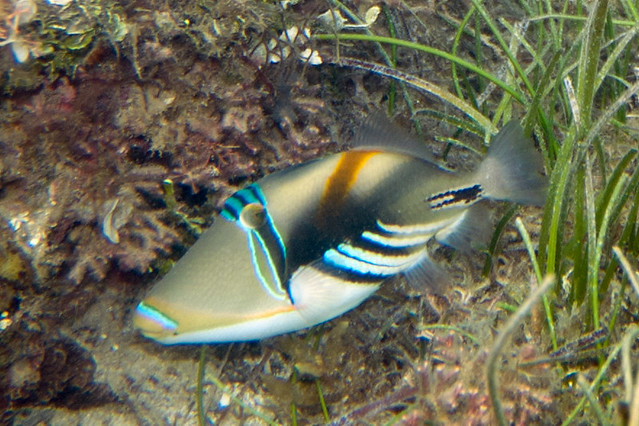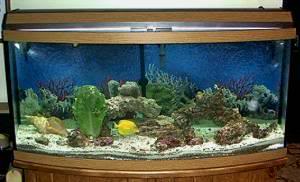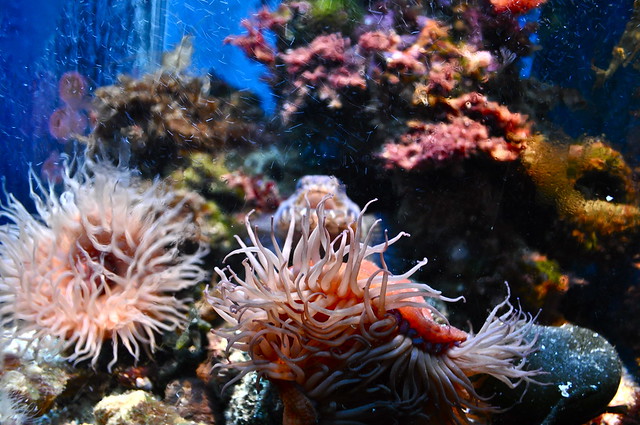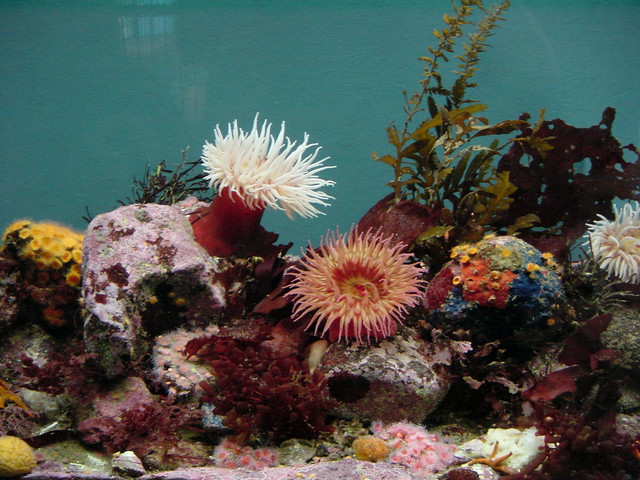 |
| Mushroom coral (Fungia scutaria) (Photo credit: Wikipedia) |
Welcome to my Dream.
I have a dream that if every person that kept a reef aquarium propagated their corals, we could have an almost self-sufficient industry.
In my dream, you would buy a coral from an aquarium store, which someone else has propagated and propagate it yourself and sell multiples of that same piece back to that same store so they can sell it on to other people.
The stores that heavily participate in this program could then wholesale these corals to other stores. The amazing thing is that this dream is so simple and possible yet even now it is just a dream.
Some corals are very easy to propagate while others are harder. In my dream, every coral you bought would be bought with a view to propagate it.
If you can learn to keep coral, then you can learn to grow it, if you can grow it then you can learn to propagate it if you can propagate it then do it. Every person that propagates their coral is a credit to this wonderful industry.
The easiest corals to propagate are mushrooms, leathers, and fluffies. To propagate these corals it is as simple as cutting a piece off them and securing the pieces to a new piece of rock. The cutting is most commonly secured to a small piece of live rock using fishing line.
When propagating leather coral I have found it more effective to ensure that the cut surface is pointed to the direction of the water flow instead of trying to secure the cut surface to the rock. There seems to be less chance of developing an infection and the healthy uncut surface will be able to attach to the rock faster then the damaged side which will heal faster if allowed adequate water flow. This also applies to Acropora, even a stag will attach faster is the health side is the point of contact.
Whenever you are cutting a piece of coral ensure that there is ample room around the cut so it is not stung by surrounding specimens as the coral will be a week at this time. Also be wary of fish such as Angels that may pick on the damaged coral.
Don't be a wimp! Many people love the idea of propagating their coral but are too scared to cut them because they think they will hurt it. Corals don't feel pain as we do so be brave and remember that what you are doing it for the better of the species.
Remember that you can't win them all, but you will find that as you get better at it and with practice it will be rare for you to fail in your propagating attempts.
Big warning, never cut a mushroom, fluffy or anemone out of the water. It is better for you to cut them submerged in a shallow bowl of water from your tank. We learned this the hard way as one day my brother was cutting a mushroom coral out of the water when it sprayed him in the eye with poisonous neurotoxins. The pain was excruciating and we spend the whole night going from doctors to hospitals to eye specialists.
To propagate stony corals is it just a matter of cutting them with a hacksaw or better yet on a band saw. Once again allow room around the cut to it doesn't have to also deal with competing with its neighbors. After the stony coral has been cut you can towel dry the bottom of it and superglue it to a larger rock to safely secure it. Allow the glue to set before returning it to the water.
Don't be scared to handle the coral roughly because they are actually very tough, after all, they are built to ensure tonnes of water being dumped on top of them in the form of a wave. Most corals can safely be removed from the water for a period of time too, for example, low tide on a natural coral reef.
I do suggest having at least 14 times per hour water flow in any tank that you wish to propagate coral in and pay attention to iodine levels. Maintaining an iodine level of 0.06pp when propagating will decrease the instances of bacterial infection among the new corals.
Before you handle any coral it is important for you to know what it is in order to avoid handling a poisonous coral that may sting your hands such as fire coral Millepora. It is recommended to use gloves when handling live rock and coral. Corals are closely related to jellyfish and as with jellyfish, some are more poisonous than others.
If you ever been stung by a coral or fish the best thing to do is place it under hot running water, which will break down the neurotoxins.
Anemones can also be propagated like a mushroom, but I rarely recommend it. An anemone is a beautiful display when coupled with clownfish, but not always successful long term. I would suggest trying an anemone in the aim of seeing how long you can maintain it first if you find you are one of the few that can keep them long term, give propagating it a go of sure. If you do propagate it long term then I believe it is your responsibility to share your experience with as many people as you can. There must be something that you are doing that other people aren't. This is a subject I will really be experimenting on in the coming years. It is common for anemones to split by them self in peoples tank.
Currently, coral propagation is the most realistic approach to breeding corals. Corals can be bred in captivity as moonlight cycles and temperatures can be used as a trigger. The problem with breeding coral is that they mass spawn which will choke many systems. If you were to breed the coral it would be quite a long period of time until you have specimens ready to sell. When they are propagated they will often be ready in as little as 3 months.
It is not the intention of this article to teach you comprehensive techniques on how to propagate coral but rather to tell you that it is something that you should be considering doing, yes I do mean you! The internet is full of information and techniques which will set you on your way to being an enviro-hobbyist coral farmer. Read several articles and obtain a few ideas before you try your first. Remember that each person will tell you what works for them, this doesn't mean that there is a definitive right or wrong way to do it.
Please do not let possible failures stop you from succeeding in this. The only way you will fail is to not try. Even if the first few go wrong I encourage you to keep trying until you are doing it so confidently that you will wonder why everyone doesn't do it. I will tell you now that there are people that propagate coral and there are people that are scared to try. The service that you are doing for your hobby is too big to not do it.
Another simple way that you can help is to ask every time you are in an aquarium store if they stock any propagated coral. If they do I encourage you to consider buying it over any wild caught options. That fact that you are asking will reinforce to the retailer that propagated coral is something that people want. Imagine if every person asked at every shop they went into, retailers won't be doing anything to be able to supply such a requested product.
I have been educating people with a passion for many years on the benefits and realities of this dream. I would love to see more people just like you enroll in this dream. Not matter whether you have a tank or not it is never too late to start. You can make a difference! Please share this idea with as many people as you can until one day this dream is realized.
Good luck and enjoy Paul Talbot
|










